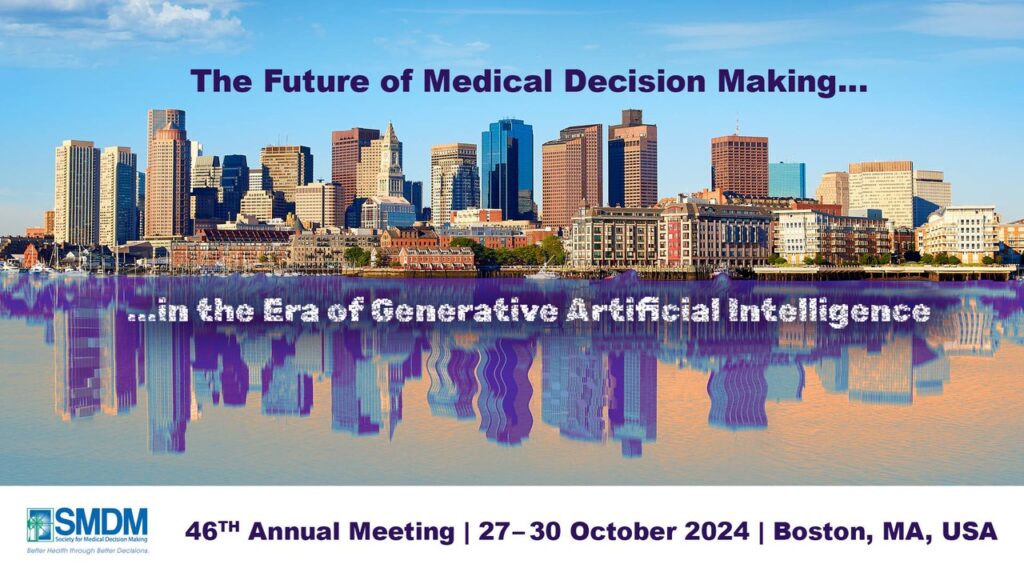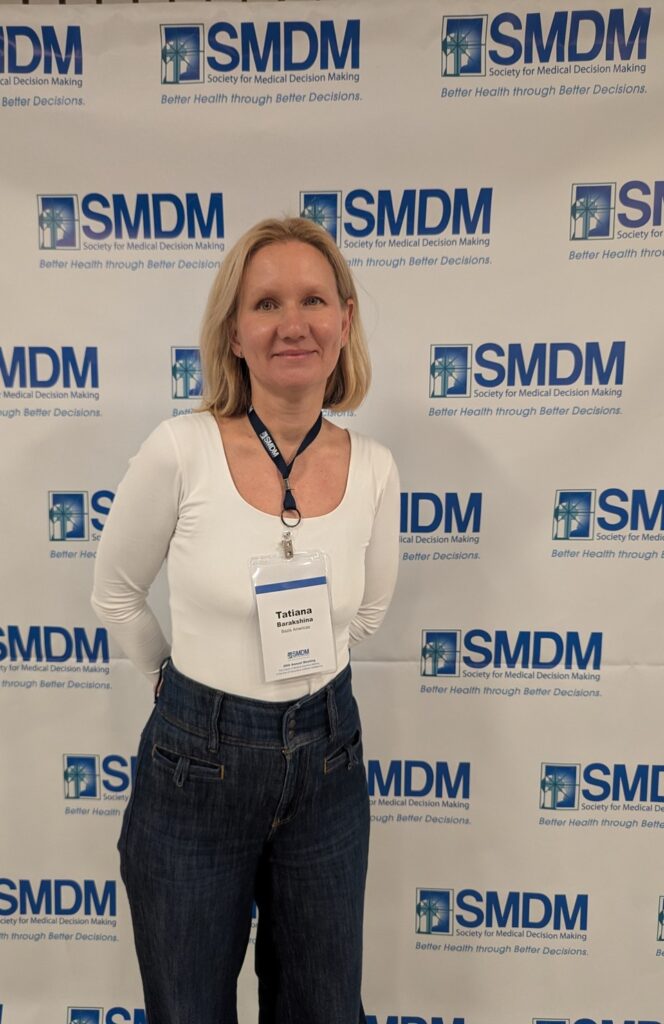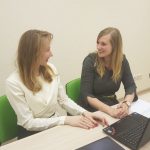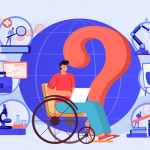
Collaboration and Communication in Medical Decision Making: 2024 SMDM Conference Summary
More people need to talk about Health Literacy and Medical Decision Making. Patients should be at the center and included when it comes to medical decisions and research that relies on their participation. That is why we were so happy to attend the 2024 Society of Medical Decision Making Conference. The presentations, panels and conversations at the conference provided information on medical decision making that we found crucial. A key theme throughout the conference was the value of clear communication with patients. At a short course – ‘The Health Literacy workshop’ organized by Ashley Housten and Christine Gunn – moderators andparticipants emphasized the Clear Communication standards which are readability, understandability, and actionability, taking into account varying levels of patient health literacy. Tools like patient decision aids give patients more of a proactive and knowledgeable role in their medical decisions. Approaches like Shared Decision Making allow for patient preferences and provider recommendations to be considered in medical decisions.

One session that we really connected with was ‘Pulling off Practicable and Productive Partnerships: Guidance for Decision Scientists’ led by Frank Gavin, Robin Wright-Jones, John Wong and Ellen Lipstein. This session provided powerful insights on why patients, caregivers and community partners should be treated as research partners. Amidst the valuable information, there were four key points that stood out to us:
- Partnership Importance
- Research Design and Outcomes
- Survey and Engagement Nuances
- Bridging Evidence with Stories
The presenters emphasized how collaborating with patients and community partners adds invaluable insights into research. Collaboration provides more opportunities for patients and the community to shape outcomes that truly reflect their needs. For example, a study focused on providing medicines to low-income individuals having community-defined outcomes like “helping make ends meet”. This is an insight that researchers might overlook, but with collaboration these needs can be better recognized. It also can add depth and relevance to the research, especially for specific diseases, when unconventional outcomes like “hope” or functional abilities are included.
In efforts to promote clear communication, the speakers expressed that it’s essential to align on definitions of “evidence” and “value” early, as these may differ between researchers and community members. This allows for everyone to be on the same page moving forward. This is also crucial when using surveys. Surveys should clearly explain why each question is being asked to improve response quality and trust. It’s also vital to consider where and how community meetings happen, as setting influences comfort and openness. Additionally, when sharing information with government officials, including stories – not just data! – can be impactful. Legislators and policymakers are often influenced by stories more than pure data, so connecting data to personal narratives can strengthen advocacy.

Involving patients and community partners leads to richer, more applicable research by prioritizing real-life experiences and needs. This session provided insights that can be used not only for decision scientists, but for market researchers as well. As healthcare marketing researchers, we utilize these principles often when engaging with patient organizations. We want to keep the patient at the center especially in research and processes that depend on their involvement. This is why we felt so inspired by the ideas and the people behind them at the Society of Medical Decision Making Conference.
The 47th Annual North American Conference will take place at the University of Michigan in Ann Arbor in June 2025. Our calendars are marked – are you joining?


